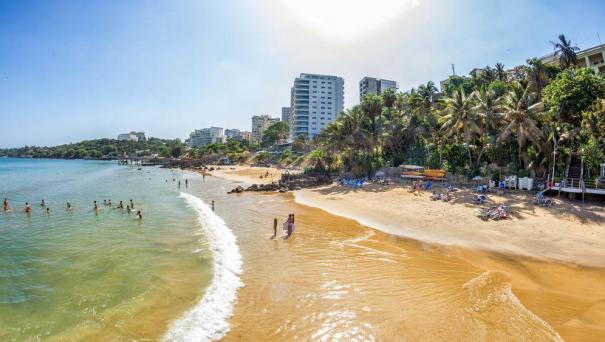About Dakar
Dakar is the capital and largest city of Senegal. It is located on the Cap-Vert Peninsula on the Atlantic coast and is the westernmost city in the Old World and on the African mainland. Its position, on the western edge of Africa, is an advantageous departure point for trans-Atlantic and European trade; this fact aided its growth into a major regional port. According to 31 December 2005 official estimates, the city of Dakar proper has a population of 1,030,594. The Cap-Vert peninsula was settled, no later than the 15th century, by the Lebou people, an aquacultural ethnic group related to the neighboring Wolof and Sereer. The original villages: Ouakam, Ngor, Yoff and Hann, still constitute distinctively Lebou neighborhoods of the city today. The Dakarian climate is generally warm. Dakar has a hot semi-arid climate with a short rainy season and a lengthy dry season. Dakar’s rainy season lasts from July to October while the dry season covers the remaining eight months. The city sees approximately 495 mm (19.5 in) of precipitation per year. Attractions in Dakar include major markets, Dakar Grand Mosque (built in 1964), Dakar Cathedral, Gorée Island, the IFAN Museum of West African culture, the newly completed African Renaissance Monument is the tallest statue in Africa, clifftop walks and beaches, and Parc de Hann, aka the Senegal Zoo. Beginning 1978 and until 2007, Dakar was frequently the ending point of the Dakar Rally.
